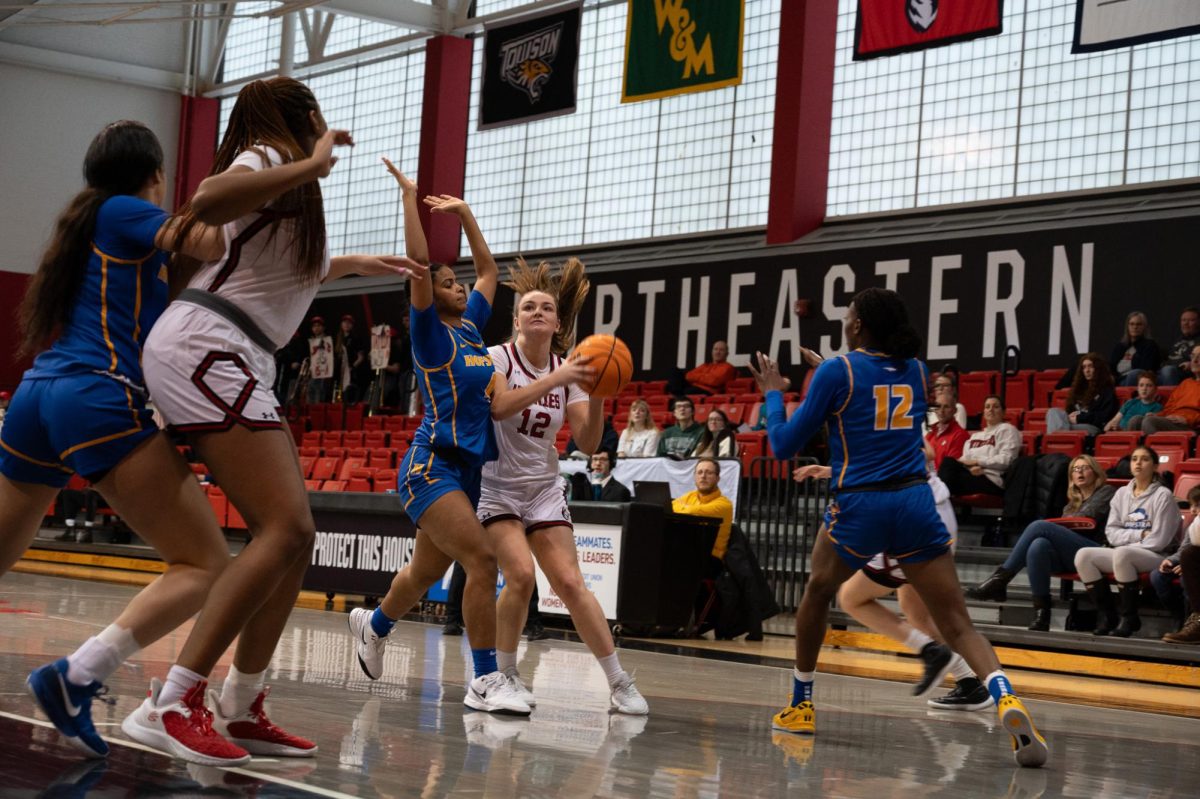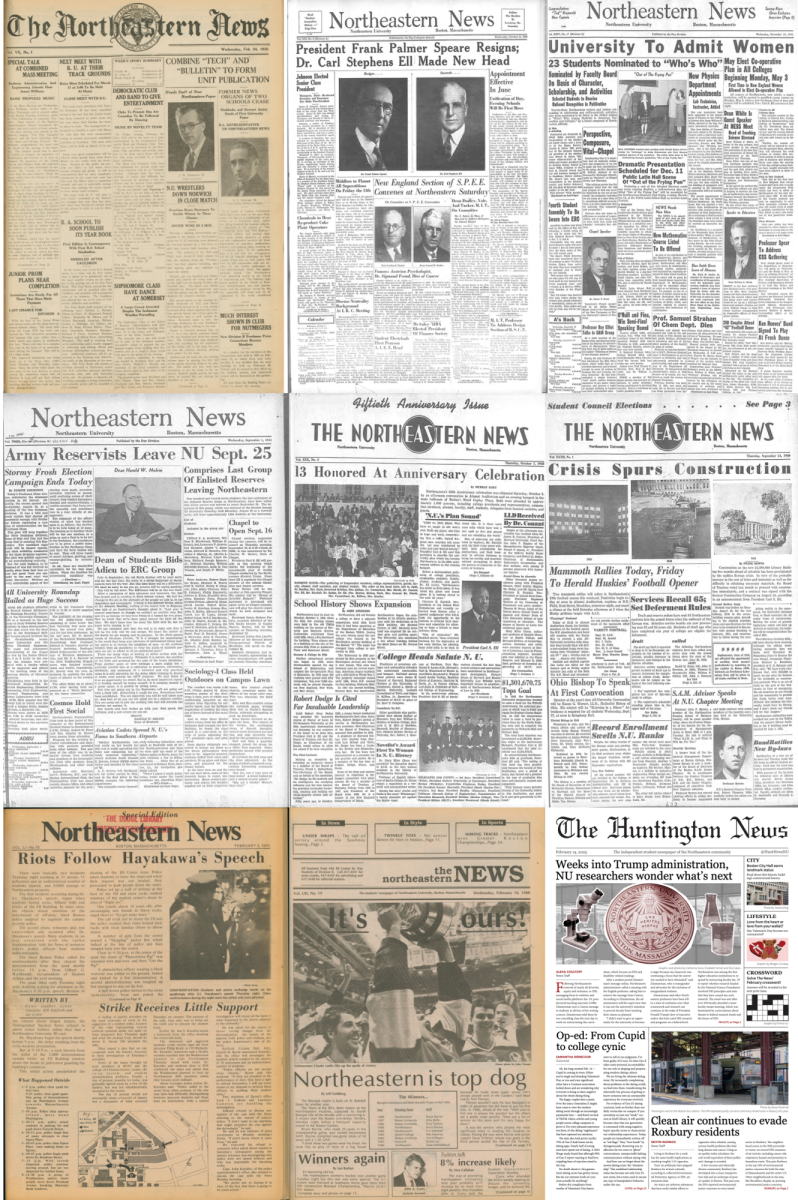Incoming public school closings and renovations stir controversy
November 28, 2018
By Rhyia Bibby, news correspondent
After decades, the city of Boston plans to renovate twelve public schools and close three.
On October 26, Boston Public Schools released the second phase of its 10-year, $1 billion plan, BuildBPS. The BuildBPS master plan is the first long-term renovation project for city schools in more than 40 years, with the goal of bringing the 65 percent of Boston schools that were built before World War II “into the 21st century,” as stated within a Boston Public Schools press release.
In a statement with the official BuildBPS 10-Year Educational and Facilities Master Plan published in March 2017, Mayor Martin J. Walsh promised to “create a new era of equity and excellence in Boston’s schools.” Beyond physical renovations, this will include creating fewer school transitions for students and their families by reconfiguring up to 20 schools to accommodate grades K-6, and seven schools to accommodate either grades 6-12 or 7-12. According to BPS, the majority of families support the elimination of the transition to and from middle school. The change is also designed to improve student achievement and success after graduation.
This new era also brings about drastic changes for students at West Roxbury Academy and Urban Science Academy high schools, as well as John W. McCormack Middle School. As part of the second phase of its plan, BPS is proposing closing these schools.
McCormack Middle School’s proposed closure, which would occur in 2020, is a result of the district’s effort to eliminate standalone middle schools. According to Interim Superintendent Laura Perille in a November interview with WBUR, the purpose would be to renovate the building and convert it into a school capable of accommodating grades 7-12.
As for West Roxbury Academy and Urban Science Academy, their closures are up to a vote by the Boston School Committee in December. BPS said it has decided to close the schools because of inadequate facilities, declining enrollments and challenges with academic performance.
Although there will be resources available to these students during their transition, there is concern with how the students these schools serve and the specialized programs they host will be allocated throughout the district. McCormack Middle School, for example, has an English Language Learners program for students that have recently arrived in the U.S. and are behind their peers in literacy.
Among those concerned about the school closures is Monica Cannon, CEO and founder of local activist group Violence in Boston.
“Every time they close a school, communities of color suffer,” she said at a BPS student walkout that took place at City Hall November 19.
The walkout, organized by Cannon and others from Violence in Boston, was meant to object to the closing of the schools and to bring awareness to the gun violence that plagues largely black communities.
Blen Lewute, a senior at Excel Academy Charter High School, recognized the significance of demonstrations like this one.
“I’m here to support the black community,” she said, “because that really matters.”
Once students began arriving, Cannon addressed the crowd of people, most of them of color.
“We don’t have an issue of there not being enough money,” she said. “We have an issue of lack of allocation. It’s not that they don’t have the resources, it’s that they don’t allocate them to you.”
Seven Klein, a community member and supporter of Violence in Boston, agrees with Cannon and urges others to look at the difference between schools in affluent white communities and those in communities of color. “They are unbelievably financed,” they said, specifically highlighting the disproportionate financing between exam schools like the Boston Latin School and schools like West Roxbury. “You can see the disparity.”
The students, who came from schools like Excel Academy Charter High School, TechBoston Academy and West Roxbury Academy, walked into City Hall and held a die-in in front of Mayor Walsh’s office. The die-in, in which students laid still and silent on the floor, lasted 43 minutes to represent the 43 homicides as a result of gun violence that have taken place in Boston so far this year. Each minute Monica Cannon read off the name, neighborhood and date of death for each victim.
Following their demonstration, Cannon presented Mayor Walsh with a set of demands. This list included their desired allocation of funds to public schools and the instillation of a Community Accountability Board “to discuss what organizations are getting money for violence prevention at the expense of the black community, but not actually helping.”
Mayor Walsh was given until November 26 to respond to the demands, but instead issued a statement to the students on November 19.
“I value your advocacy on behalf of our community,” he wrote. “We’re working tirelessly every day to make Boston a better place for all.”
Despite his assurance that students are at the heart of the BPS proposals, Violence in Boston is not convinced.
“Your classes will be the ones that are overpopulated when they close these schools, when they funnel kids into schools that are already struggling,” Cannon said to the crowd. “They need to know that it is not okay.









